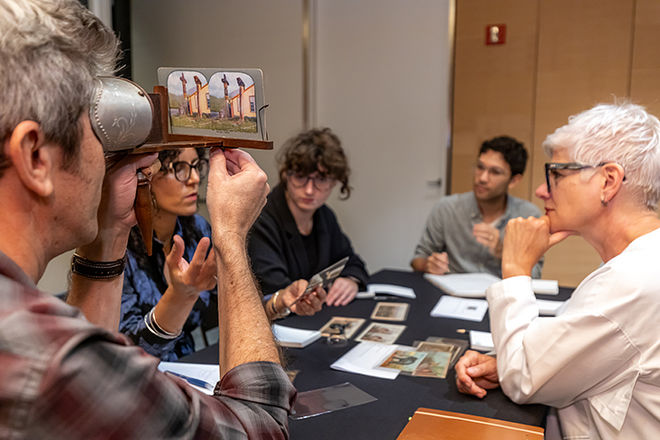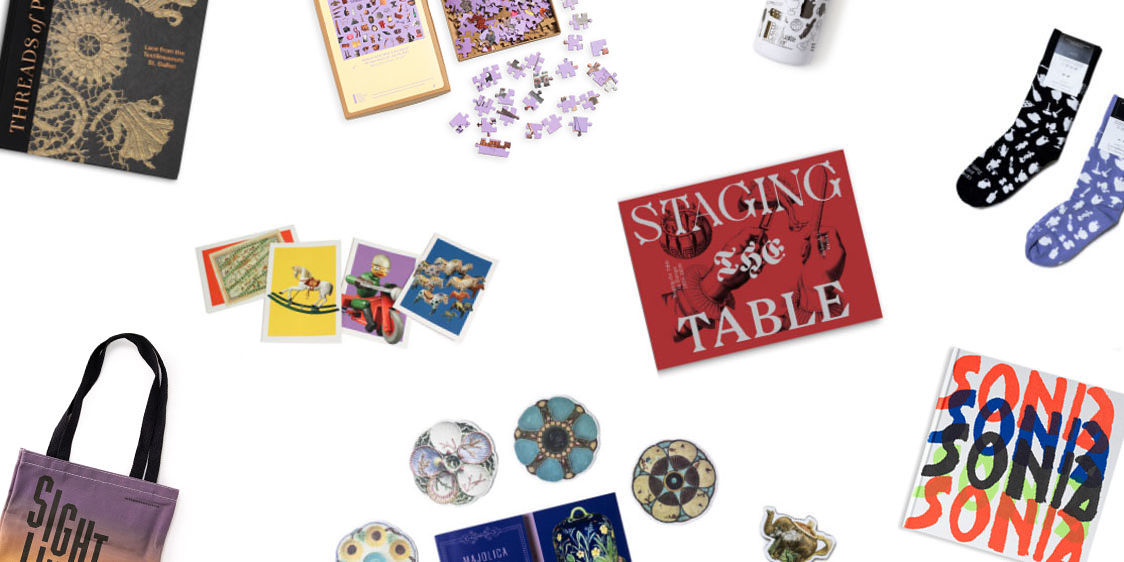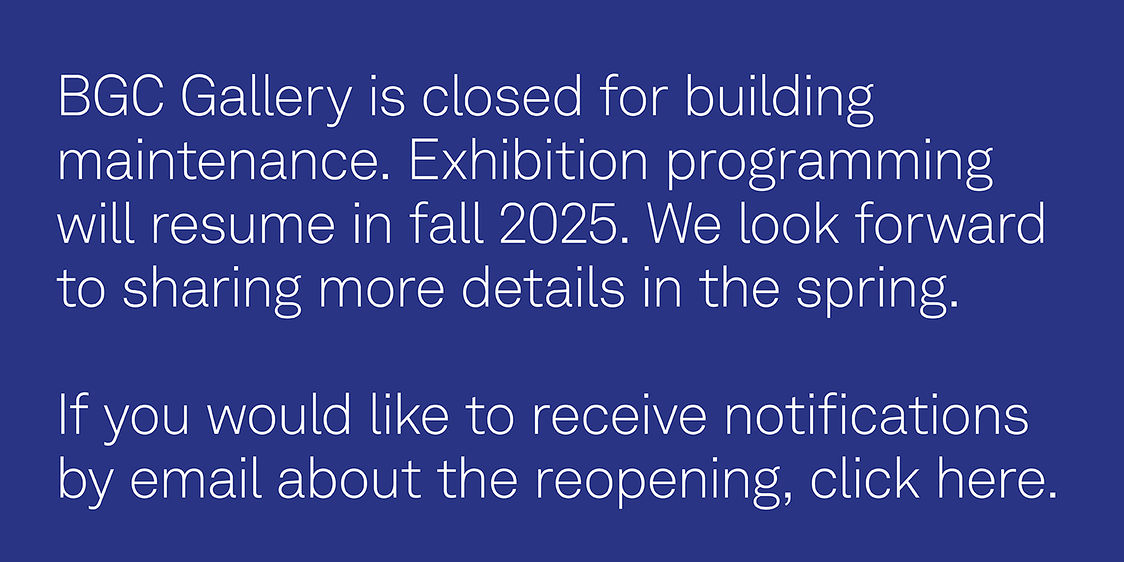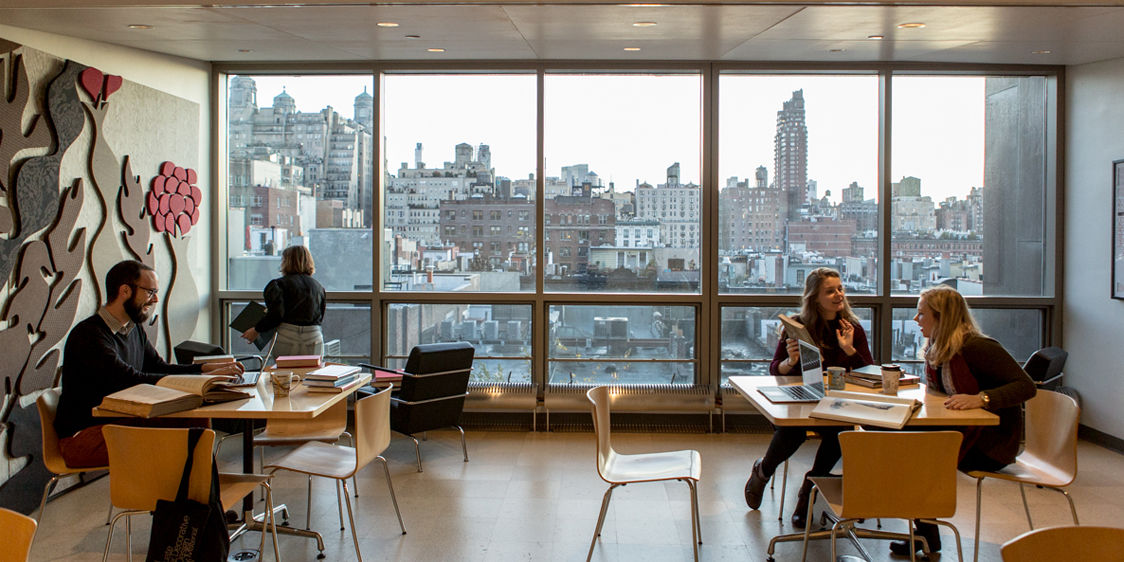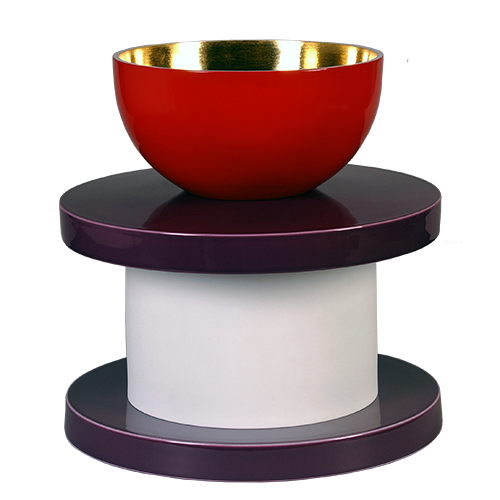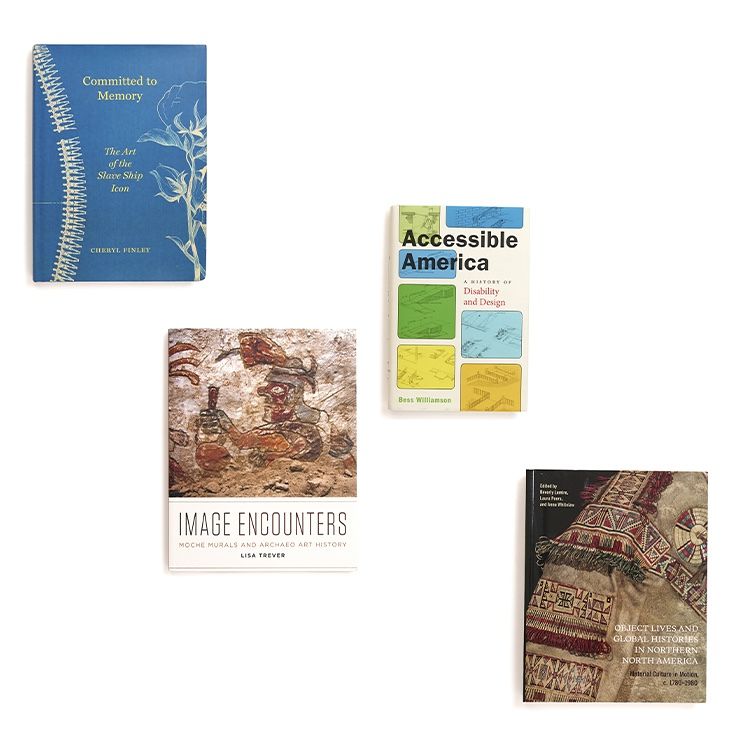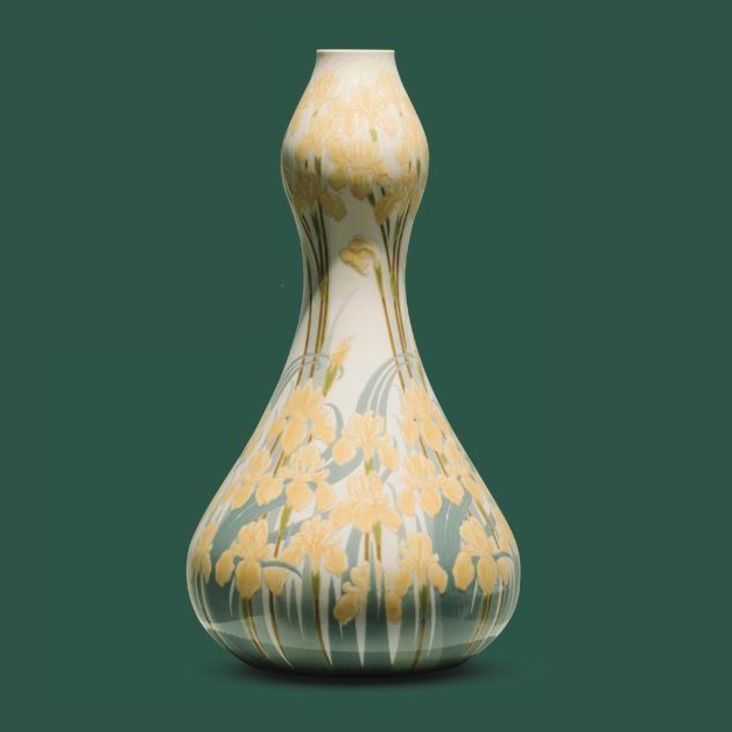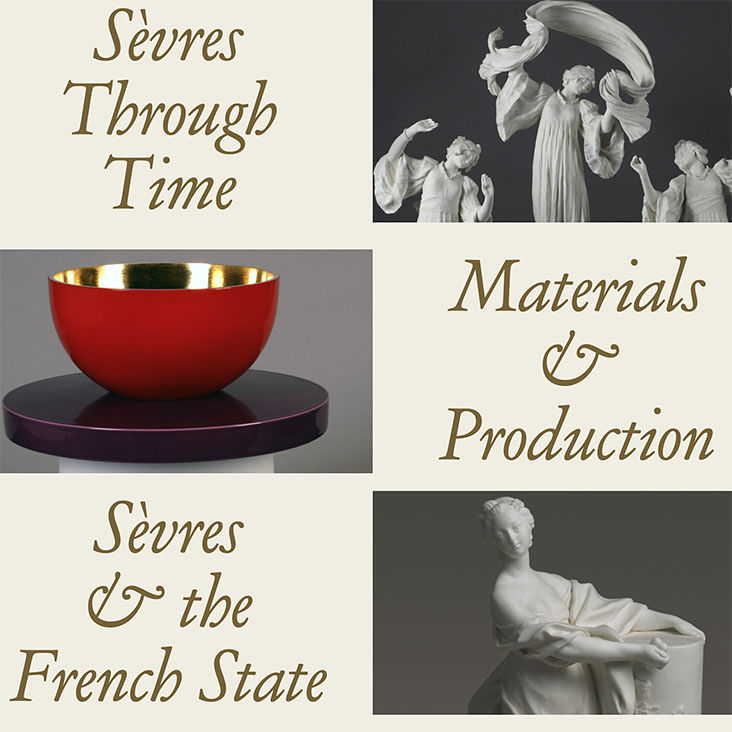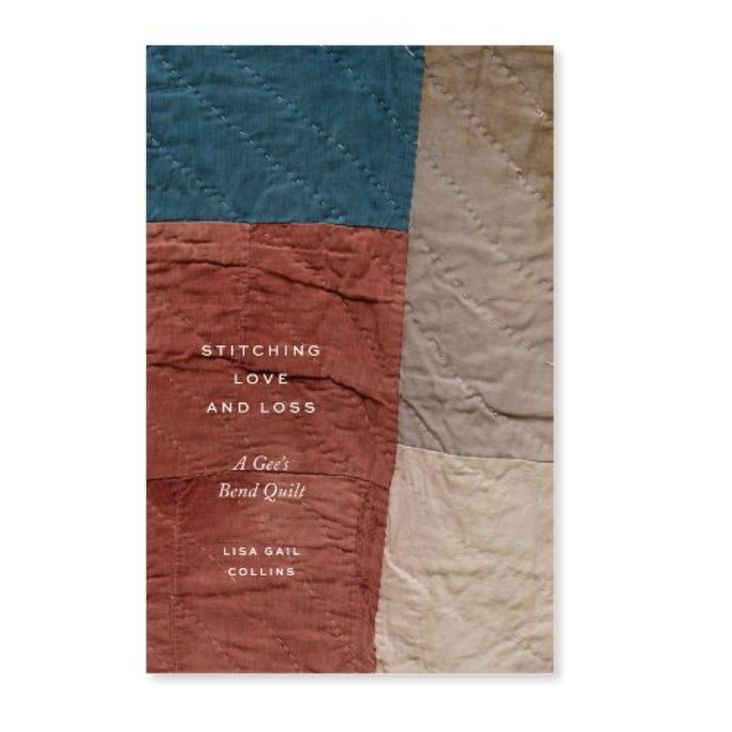Archaeology aims to understand past people’s lives by investigating the traces they left behind. Close study of a wide variety of objects, assemblages, and patterns of material culture—from the everyday to the exquisite—is central to this endeavor. Archaeology requires theoretical and practical expertise—including critical thinking, imagination, sensory engagement, experimentation, and reflexivity—skills we cultivate in the fertile ground of Bard Graduate Center’s interdisciplinary research community. From prehistory to the contemporary world, our goal is open-minded investigation of the past to build more diverse perspectives for the future.
One of the hallmarks of BGC is the seamless integration of teaching and research. Graduate seminars are taught by the faculty who organize the seminar series, symposia, and publications and who select visiting fellows. These research events, in turn, inspire new faculty and student work. In this online series we re-present to you research at BGC as facets of faculty teaching and publishing. Themes reflect curricular foci and areas of special strength.
Meet the BGC: Caspar Meyer
Professor Caspar Meyer discusses his research on nomadic culture and what minute differences in handmade objects can tell us about ancient society. He emphasizes the importance of integrating archaeology into the curriculum at BGC and the unique opportunities that it offers students.
Meet the BGC: Meredith B. Linn
Professor Meredith Linn discusses her research and teaching, which focus on historical archaeology, with a special interest in 19th-century New York. She highlights her work on Seneca Village, a 19th-century free African-American community that existed in what is now Central Park.
Lecture: Zoë Crossland
In “Afterlives: The Living Signs of the Forensic Dead Body,” Crossland takes examples of forensic entomology to consider how investigators interpret and enroll the signs of insects and other animals and use them as the basis for making claims to the real.
Symposium: Revealing Communities
This symposium brought together archaeologists who study nineteenth-century free African American communities to discuss their research on these communities, many of which were bulwarks in the abolition and early civil rights movements but have largely been left out of mainstream history.
Object of the Month: Medicine Bottle
BGC Teen Thinker Penrose Retica uses the shards of a medicine bottle to offer insight into the lives of the Wilson family, residents of Seneca Village, arguing that its value lies in its physicality, which forces us to remember a community that is often forgotten.
Fellows Talk:
Jeffrey Quilter
Former BGC Research Fellow Jeffrey Quilter discusses the books that archaeologists carry with them “in the field.” He explores his observations on the types of books his colleagues carry and what this says about their approach to archaeology.
Publications:
Cultural Histories of the Material World
Published in Cultural Histories of the Material World, “Archaeology and Design History: A Thesis and Nine Theses” by Michael Shanks explores archaeology’s relationship with design. To do so Shanks present nine theses on trends in archaeological research into design.
Lecture: David Fontijn
In “Economies of Destruction? Creating Value by Destroying Valuables,” Fontijn presents examples from the European Bronze Age and Early Iron Age, contexts in which beautiful objects were intentionally destroyed, and shows that this “destruction” was not as irrational as it seems.
Image Credits: [Symposium: Revealing Communities] Archaeology students excavating in the area of the Wilson family house, Seneca Village, Central Park, NYC, 2011. Photograph by Herbert Seignoret. Courtesy of the Institute for the Exploration of Seneca Village History. [Publications:
Cultural Histories of the Material World] Photograph: Bruce White. [Lecture: David Fontijn] © Photograph by National Museum of Antiquity Leiden, the Netherlands.
